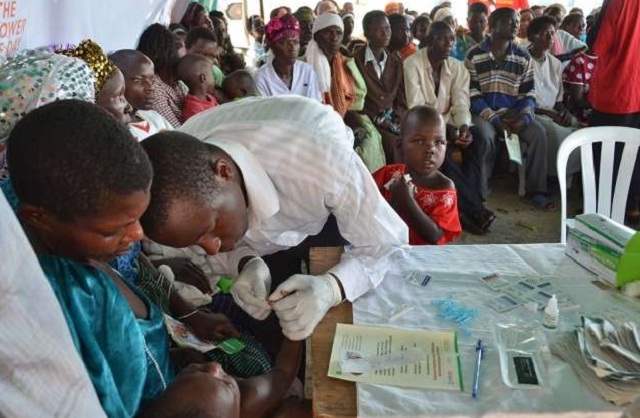
Kampala, Uganda | THE INDEPENDENT | Government is planning to borrow USD 412 million (1.5 trillion Shillings) to construct secondary schools, upgrade health centres and run rural electrification projects.
This will include USD 200 million (734 billion Shillings) to be borrowed from the World Bank for upgrading health centre IIs to health centre IIIs and construction of secondary schools and USD 212 million (778 billion Shillings) from The Export-Import (Exim) Bank of China for rural electrification projects.
The World Bank loan will be used to construct 373 seed secondary schools in sub-counties that have no government secondary school at the moment. It will also cover 331 health centre IIs that will be upgraded to health centre IIIs, according to Col Shaban Bantariza, the Deputy Director of the Uganda Media Centre.
He said the decisions were approved by cabinet yesterday. The project, Bantariza said will be implemented over a period of five years from 2019 to 2023.
“As you, there is a government policy that every sub-county should have a government secondary school so that children can access secondary education from nearby areas, but many sub-counties did not have them. This money will do that work,” he said.
In January, the Ministry of Education Permanent Secretary, Alex Kakooza said there are 615 sub-counties in Uganda that have no government secondary schools. Of these sub-counties, 228 are supposed to be grant-aided meaning that government will be taking over private and community schools in the area.
This would leave a total of 387 sub-counties where the government will be constructing secondary schools, according to Kakooza. These are the sub-counties which will be catered for under the loan project.
Meanwhile, the EXIM bank loan will be used to connect electricity to 287 unconnected sub-counties across the country. This according government will boost economic activities and service delivery in these areas.
 The Independent Uganda: You get the Truth we Pay the Price
The Independent Uganda: You get the Truth we Pay the Price



